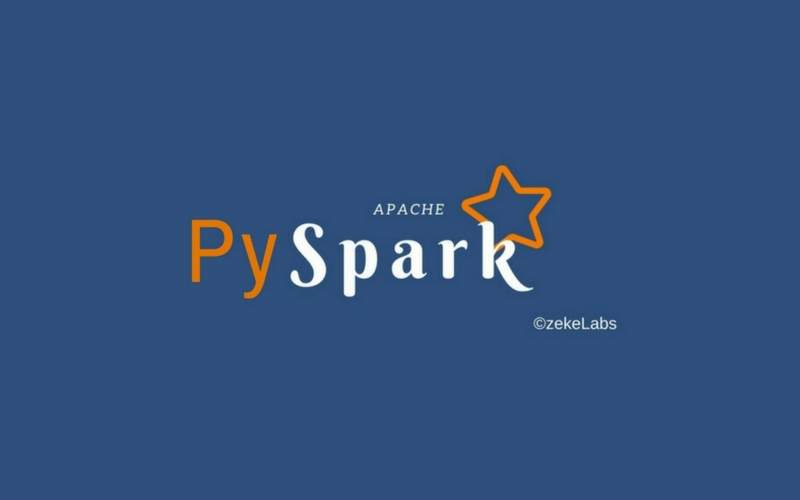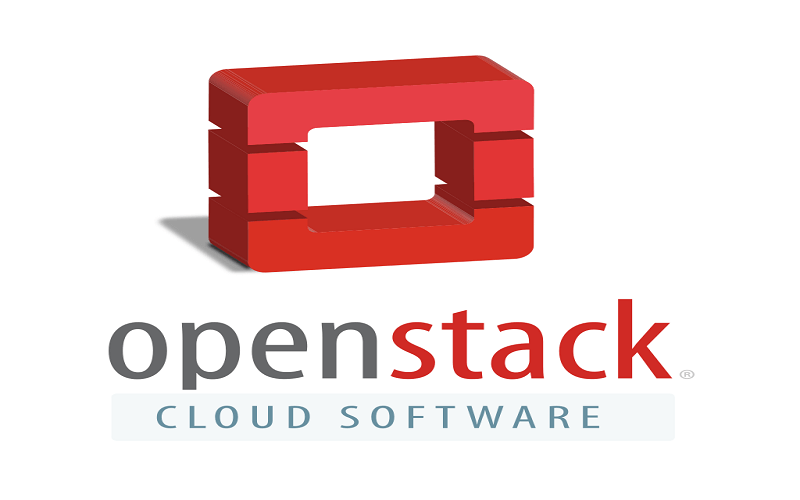
Red Hat Admin Training
Red Hat Admin Course:
Speed up your next application development project. We’ll help your team make use of innovative open source technologies, rapidly build prototypes, do DevOps, and adopt agile. Get started immediately with hands-on guidance from Red Hat’s subject matter experts.


Red Hat Admin Course Curriculum
Access a shell prompt and issue commands with correct syntax
Use grep and regular expressions to analyze text
Log in and switch users in multiuser targets
Create and edit text files
Create hard and soft links
Locate, read, and use system documentation including man, info, and files in /usr/share/doc
Boot, reboot, and shut down a system normally
Interrupt the boot process in order to gain access to a system
Locate and interpret system log files and journals
Start and stop virtual machines
Securely transfer files between systems
List, create, delete partitions on MBR and GPT disks
Configure systems to mount file systems at boot by Universally Unique ID (UUID) or label
Create, mount, unmount, and use vfat, ext4, and xfs file systems
Extend existing logical volumes
Create and manage Access Control Lists (ACLs)
Configure networking and hostname resolution statically or dynamically
Start and stop services and configure services to start automatically at boot
Install Red Hat Enterprise Linux automatically using Kickstart
Install Red Hat Enterprise Linux systems as virtual guests
Configure network services to start automatically at boot
Install and update software packages from Red Hat Network, a remote repository, or from the local file system
Modify the system bootloader
Create, delete, and modify local user accounts
Create, delete, and modify local groups and group memberships
Configure firewall settings using firewall-config, firewall-cmd, or iptables
Set enforcing and permissive modes for SELinux
Restore default file contexts
Diagnose and address routine SELinux policy violations
Frequently Asked Questions
This "Red Hat Admin" course is an instructor-led training (ILT). The trainer travels to your office location and delivers the training within your office premises. If you need training space for the training we can provide a fully-equipped lab with all the required facilities. The online instructor-led training is also available if required. Online training is live and the instructor's screen will be visible and voice will be audible. Participants screen will also be visible and participants can ask queries during the live session.
Participants will be provided "Red Hat Admin"-specific study material. Participants will have lifetime access to all the code and resources needed for this "Red Hat Admin". Our public GitHub repository and the study material will also be shared with the participants.
All the courses from zekeLabs are hands-on courses. The code/document used in the class will be provided to the participants. Cloud-lab and Virtual Machines are provided to every participant during the "Red Hat Admin" training.
The "Red Hat Admin" training varies several factors. Including the prior knowledge of the team on the subject, the objective of the team learning from the program, customization in the course is needed among others. Contact us to know more about "Red Hat Admin" course duration.
The "Red Hat Admin" training is organised at the client's premises. We have delivered and continue to deliver "Red Hat Admin" training in India, USA, Singapore, Hong Kong, and Indonesia. We also have state-of-art training facilities based on client requirement.
Our Subject matter experts (SMEs) have more than ten years of industry experience. This ensures that the learning program is a 360-degree holistic knowledge and learning experience. The course program has been designed in close collaboration with the experts working in esteemed organizations such as Google, Microsoft, Amazon, and similar others.
Yes, absolutely. For every training, we conduct a technical call with our Subject Matter Expert (SME) and the technical lead of the team that undergoes training. The course is tailored based on the current expertise of the participants, objectives of the team undergoing the training program and short term and long term objectives of the organisation.
Drop a mail to us at [email protected] or call us at +91 8041690175 and we will get back to you at the earliest for your queries on "Red Hat Admin" course.
Recommended Courses
Feedback









